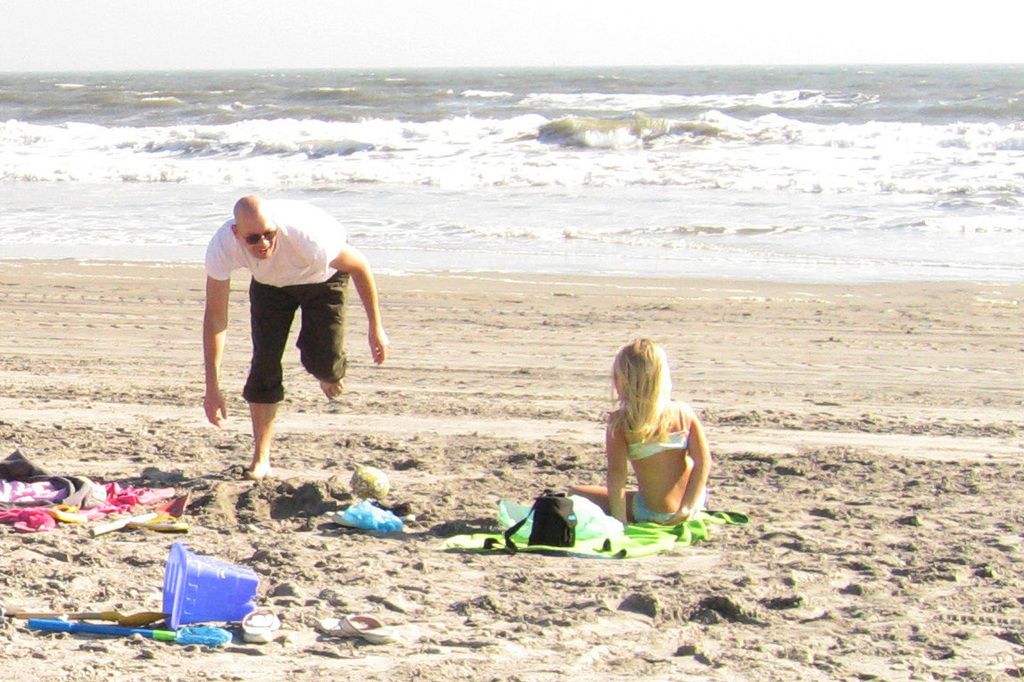Observation of Trapped Seismic Waves Revealed for First Time
Shaking the World: A Brand-New Look at Trapped Tsunamis
So, what in the world was causing those bizarre global tremors back in September 2023, repeating every 90 seconds for nine days, then reappearing a month later? Well, buckle up, as we're about to dive headfirst into the chilly depths of Greenland and unravel a mystery that's been haunting seismologists for nearly a year.
Scientists from Oxford University have finally cracked the case. Using a state-of-the-art satellite known as the Surface Water Ocean Topography (SWOT), they've confirmed that the culprit was indeed two mega tsunamis in Greenland that got trapped in a standing wave. And, before you ask, yes, climate change is to blame for this brand-new, never-seen-before extreme.
September 2023 brought us a seismic event unlike any other, shaking the earth every 90 seconds for nine days, only to repeat the same spooky pattern a month later. But here's the kicker: a Danish military vessel had even visited the remote Dickson Fjord in East Greenland three days into the first seismic event and didn't observe a single wave.
Enter SWOT, the game-changer that changed the game. This badass satellite uses a remarkable instrument called the Ka-band Radar Interferometer (KaRIn), which, using two antennas mounted on a 10-meter boom, measured the water height across the fjord with incredible precision—up to 2.5 meters resolution along a swath 30 miles wide.
And, you guessed it, SWOT came up with the goods. The satellite used its KaRIn data to create elevation maps of the fjord post-tsunami, revealing cross-channel slopes with height differences of up to two meters. This meant that water was moving back and forth across the channel, forming standing waves.
This study serves as a prime example of how the next generation of satellite data can reveal mysteries that have been lurking in the shadows. We can now expect to gain significant insights into ocean extremes such as tsunamis, storm surges, and freak waves.
To prove their theory, the researchers linked these satellite observations with small movements in the Earth's crust detected thousands of kilometers away. They were even able to reconstruct weather and tidal conditions to confirm that these observations could not have been caused by winds or tides.
The lead author of the study, DPhil student Thomas Monahan, from the Department of Engineering Science at the University of Oxford, had this to say: "Climate change is giving rise to new, unseen extremes. These extremes are changing the fastest in remote areas, such as the Arctic, where our ability to measure them using physical sensors is limited. This study shows how we can leverage the next generation of satellite earth observation technologies to study these processes."
Professor Thomas Adcock, also from the Department of Engineering Science at the University of Oxford, added, "This study is an example of how the next generation of satellite data can resolve phenomena that has remained a mystery in the past. However, to get the most out of these data, we will need to innovate and use machine learning and our knowledge of ocean physics to interpret our new results."
So there you have it, folks, the first direct observation of mega tsunamis in Greenland using the SWOT satellite's groundbreaking technology. Let's hope that future studies can help us better understand and prepare for these extreme oceanic events as climate change continues to wreak havoc on our planet.
The study led by Oxford University scientists reveals that climate change is responsible for the creation of unprecedented mega tsunamis in Greenland. This newfound understanding shows how environmental-science and technology, such as the Surface Water Ocean Topography (SWOT) satellite with its Ka-band Radar Interferometer (KaRIn), can provide insights into climate-change-induced ocean extremes like tsunamis.




